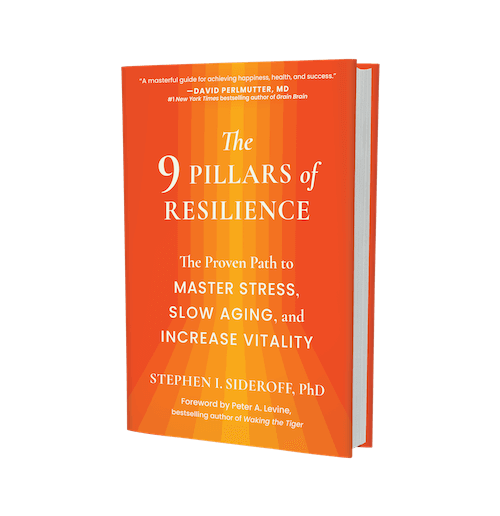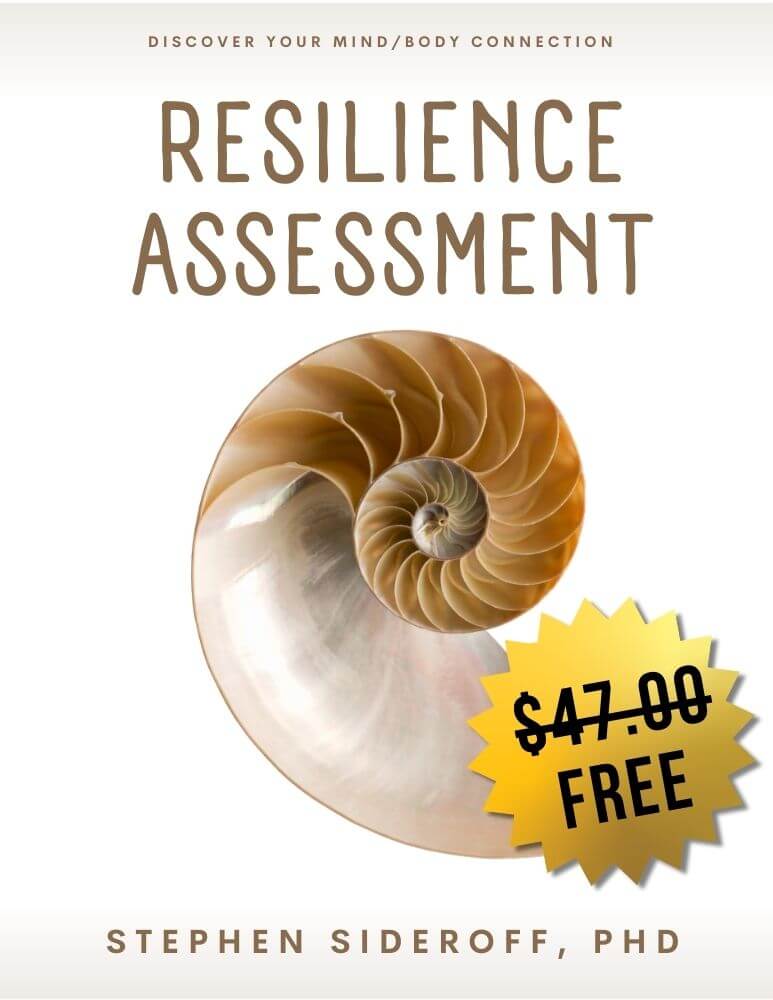Belief, and Nature’s Resilience
Last summer I was on a hike near my home in the Santa Monica Mountains. It was a trail I had taken many times before, but this time I was particularly struck by how dry everything looked, and, in fact, how dead the trees, bushes and plants appeared. As I surveyed the scene for some signs of life, they were hard to find. I took my knife and made a cut into a small tree, but no matter how deep I cut, I could only see what appeared to be dead wood. “I know”, I said to myself, “that this landscape will come back under the right conditions” but based on the evidence, it was difficult to imagine.
As many know, we have been experiencing a rare “El Nino” year of heavy rains in southern California. Yesterday I took another hike over the same path, yet it was a totally different experience. Gone were the dead trees and plants. They had been reborn as a lush, vibrant and green landscape. The El Nino of the last few months had transformed and revitalized my backyard!
I am so appreciative of how resilient nature is and how it’s able to renew itself. Those trees that looked so dead had the kernels of life deep inside. And I always look to the lessons that the natural environment – as well as our indigenous brethren who live in harmony with the earth – can show us for our own resilience.
Spring Renewal
This is a time that many of us think of “spring cleaning”. By doing so we are taking our cues from the spring renewal occurring all around us. Just as Nature renews itself, it can also be a time for you to do some personal and internal spring cleaning. And this can result in your renewal and the developing of your resilience. Just as the tree finds new life by combining the rains with its deepest source of life, we all have the same potential destiny.
Can anyone be resilient? Can you be resilient?
In our culture we talk about who is resilient and who isn’t. In fact, we do this with just about everything: you are intelligent or not, you are coordinated, or not, you are confident, or not. This black or white attitude – you either have it or don’t have it – sets up beliefs that lock us into fixed positions. This can result in feelings of hopelessness about ever achieving qualities you dream of having. In fact, just like those trees and bushes on my hike, everyone has the potential to be resilient. That potential lies deep inside us all. And here the key word is “potential” that hinges on three factors: your belief, your (non-judgmental) acceptance of what is, and your positive effort.
I consider resilience as a personal quality that each of us has some amount of and that can be learned and developed. Based on my nine component model of resilience, we have nine different areas, or lines of development from which to do this. For example, stress and continual expectation of danger will result in sustained mobilization of your stress response that will ultimately exhaust the precious resources of your body. However it’s possible to learn relaxation and biofeedback techniques (component #4 of my model: physical balance and mastery) that help replenish these resources and at the same time give you greater ability for self-regulation. The better you are able to restore, the more resilient you become.
Also, it’s possible to learn to have more positive expectations (Component #5 of my model: Mental balance and mastery) and to let go of old fears based on your past. As you reduce negative expectations, you reduce the number of situations in your life that will trigger the stress response. This too will create greater resilience.
Three steps to resilience
Let’s look at three steps you can take to become more resilient:
- Think of those trees and bushes that appeared dead last year. If you recognize that inside there still existed the will, the desire, the power to renew and regenerate you can use this as a model for your own personal renewal. What is required is the belief in its possibility, and then to reach inside yourself and find your own will and desire for renewal. The process of reaching inside and believing you are going to find strength, in itself is the crucible through which strength and resilience will develop.
- The next part of the process is very important. It’s acceptance of whatever happens in this process; acceptance of however long the process takes and that you might not even notice a change for a while. Our negative self-judgements are our greatest obstacles to success. Prematurely deciding “nothing is happening”, or “I’m not doing it right” or “I’m not doing it well enough”, act as resistance to the process.
- Finally, the third part of the process is making sure that you maintain positive expectations of what’s going to happen and a positive attitude as you engage in the process. Even saying something like, “This is difficult” will interfere with your success and resilience. If you are going for it, and wanting to achieve a goal, what do you accomplish by telling yourself that it is difficult? This can only create discouragement, procrastination, a loss of interest or worse.
Right now it’s the season of spring and of renewal. Take this opportunity to hold the intention of further development of your resilience. Take the three steps just outlined and see what growth can happen.
Dr. Stephen Sideroff, resilience, addiction and peak performance expert, is the author of The Path: Mastering the 9 Pillars of Resilience and Success. To learn more about Dr. Sideroff and his work, along with his programs and products and to take the free Resilience Challenge go to www.drstephensideroff.com.

